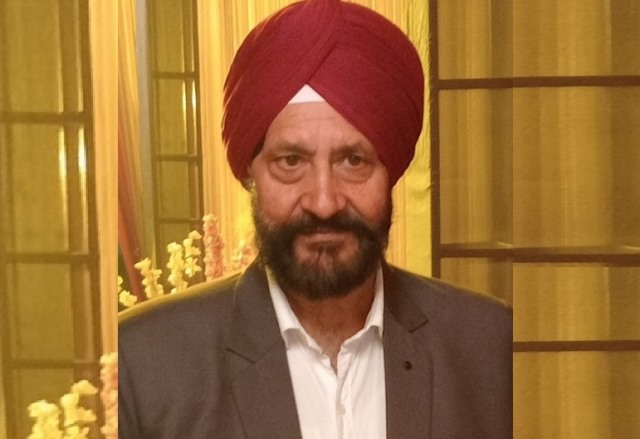Balbir Singh Khurana (65), a farmer and an agent at the grain market in Shahbad Markanda, Kurukshetra, recounts how farmers stood as one to battle devastation caused by floods. His views:
It was in the evening of mid-July when the water began advancing towards our farms in the village Panjhail (Kurukshetra, Haryana). And within no time, the levels had risen up to a height of about five feet and we could see nothing but water everywhere. Our farms were completely submerged. It had become dark and we realized that many men and women were stuck in the farmlands. Without wasting any time, we launched a rescue operation.
I gathered all the tall boys and men who knew how to swim and we collected battery-operated lights to help us and safely pull out everyone and move them to the community center in the village. There is a dam on the Markanda river so the community center and the homes were spared from the devastation.
However, in the surrounding villages like Harda, the dam had burst and the flood water had entered the houses. There was no help in sight from the local or state administration. The water had risen to the height of the house ceilings at many places. People had to vacate their homes. The situation remained grim for six days, after which the water finally began to recede. Meanwhile, we organized a langar (community kitchen) from our home to feed all the people who had taken shelter.
When the first spate of floods came in July, the farmers in our region thought that it was one of the commonplace natural calamities and it shall pass. The seeds were sown again but the floods came again and destroyed the seedlings for the second time. This went on for a month intermittently. Each time the floods destroyed the farms, the farmers would begin afresh when the water receded and again a fresh spate of flood would wash away everything.
ALSO READ: ‘Misery Caused By Floods Was A Photo Opportunity For Many’
The water along with silt rushed into the farms with great intensity and caused immense destruction. This happened because there is no manning of the river. But a farmer never gives up. He holds the will of iron.

The entire crop of sugarcane and rice was destroyed. This is a basmati rice belt and because the entire crop was destroyed, we might face price increase in the market in the coming months. The government needs to pay more attention towards agriculture.
My own house was completely flooded. My entire family had to stay in one room at our terrace till the water receded. Electricity was disrupted for one week. It was a very difficult time. The water still stands stagnant in some fields. It will take its own time to be absorbed by the ground or evaporate gradually.
We had managed to save most of our cattle and animals but a lot many tube-wells were damaged. Each tube-well costs about ₹2 to ₹2.5 lakh. So the financial setback is heavy. But it is the seva bhav in the farming community that makes us resilient and gives us the courage to move ahead in this time of distress amid natural disasters. People need one another all the time. Anybody who could offer assistance and support of any kind be it food, water or shelter came forward for those who were mentally and physically affected by floods here.
As told to Deepa Gupta

